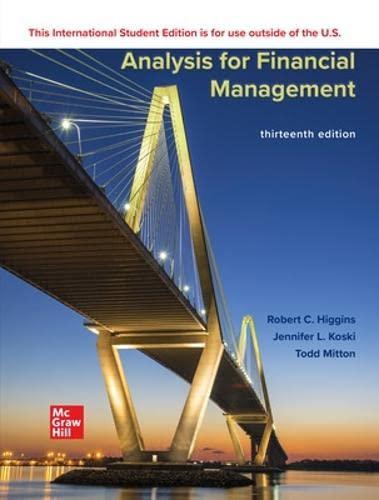Question
Part 1: Graph two bonds each with a face value of $1000. Both bonds have a coupon rate of 5% paid SEMIANNUALY. Bond L has
Part 1: Graph two bonds each with a face value of $1000. Both bonds have a coupon rate of 5% paid SEMIANNUALY. Bond L has a maturity of 20 years and Bond S has a maturity of one year. Compute the value of the bonds for annual interest rates of 2-20% at increments of 2%.
Part 2: The graph you created in problem one illustrates the degree to which the price of the long term and short term bond is sensitive to changes in interest rates. This sensitivity to a change in interest rates is called interest rate or price risk. Which of the bonds has the most interest rate risk if the current interest rate is 5%?
a. The long term bond has the most interest rate risk as demonstrated by the variability in price.
b. The long term bond has the most interest rate risk as demonstrated by the steepness of its curve.
c. They both have the same amount of interest rate risk.
d. The short term bond has the most interest rate risk as demonstrated by the lack of slop of its curve.
e. Both the greater slope of the curve and/or the greater variability in the interest rates indicate that the long term bond has more interest rate (price) risk.
Step by Step Solution
There are 3 Steps involved in it
Step: 1

Get Instant Access to Expert-Tailored Solutions
See step-by-step solutions with expert insights and AI powered tools for academic success
Step: 2

Step: 3

Ace Your Homework with AI
Get the answers you need in no time with our AI-driven, step-by-step assistance
Get Started


